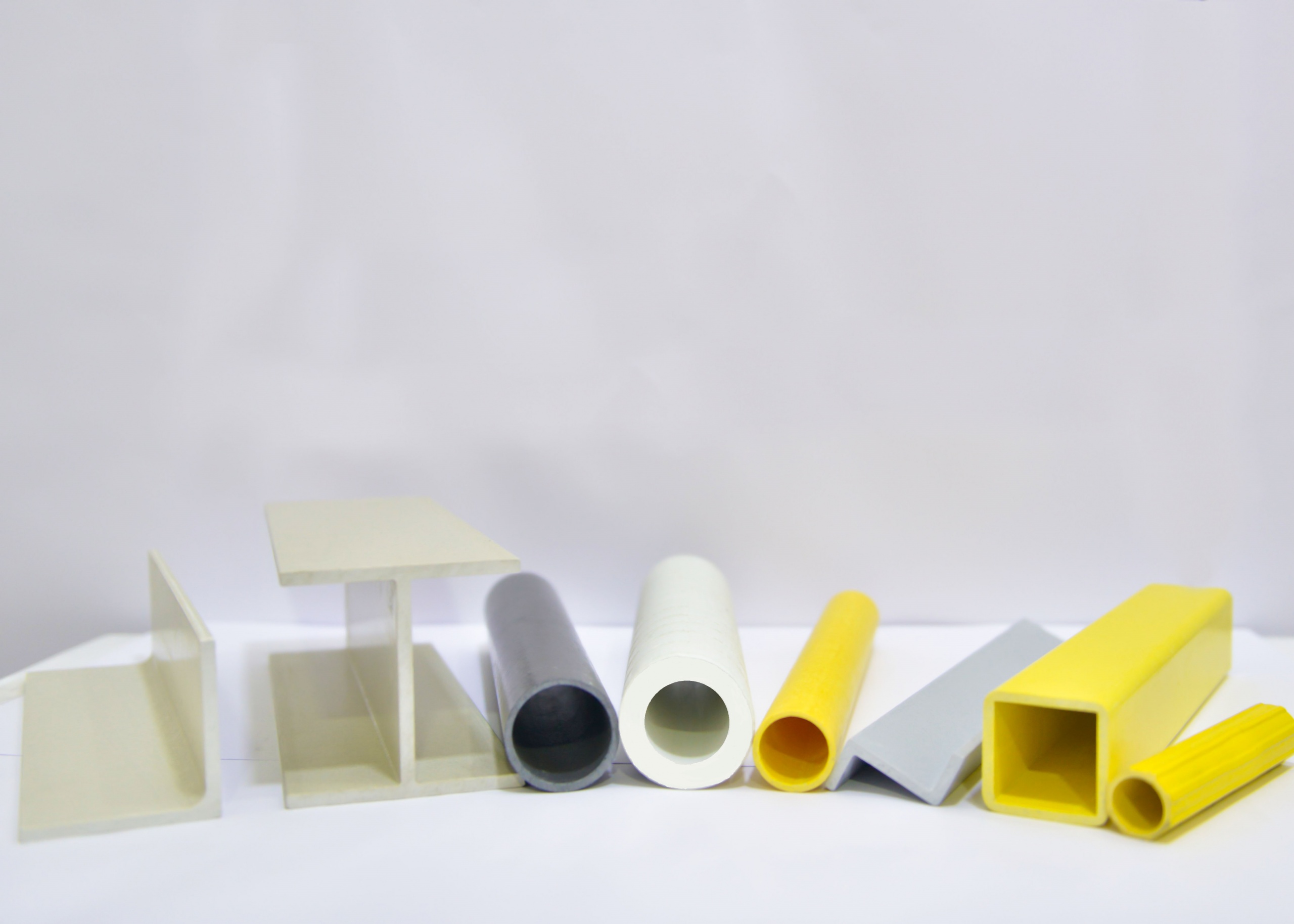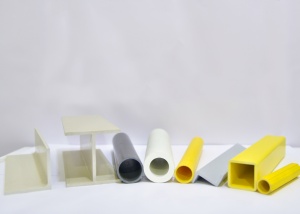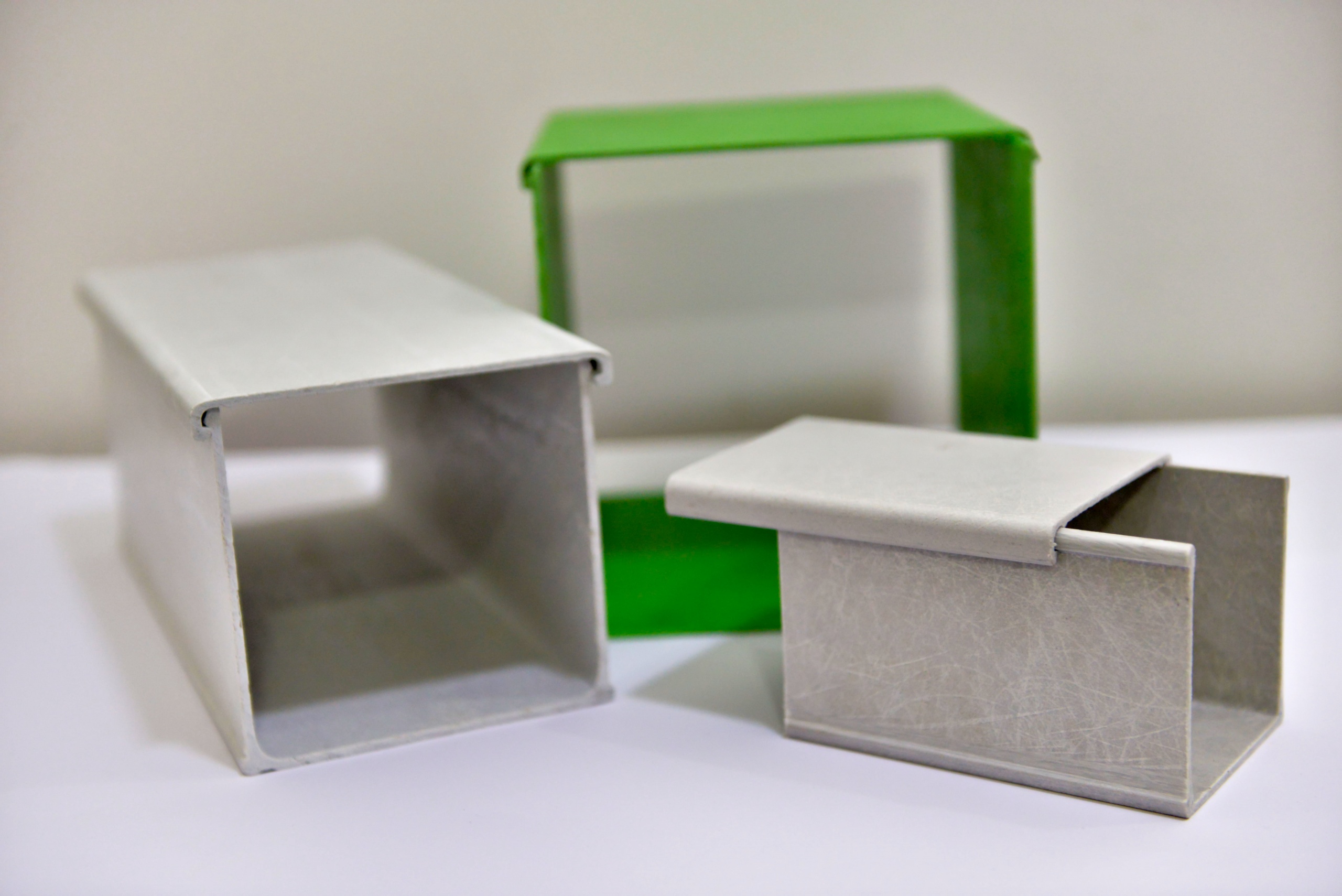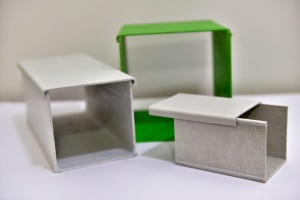WHAT IS HAND LAY-UP?
Hand lay-up is a manufacturing process used in the production of composite materials, such as fiberglass or carbon fiber reinforced plastics. It involves manually applying layers of composite materials, including resin and reinforcement fibers, to create a composite part or component. Here’s how the Hand Lay-Up process generally works:
Mould Preparation: the process begins with the preparation of a mould or tool that defines the final shape of the composite part. The mould can be made from various materials, including metal, plastic, or composite materials. It’s very important to have a sample/model of the final product, around which to produce the mould/tool.
Materials Preparation: in Hand Lay-Up, composite materials typically consist of a reinforcing fiber (e.g. fiberglass or carbon fiber) and a resin matrix (e.g. polyester resin or epoxy). These materials are prepared and cut into the required shapes and sizes.
Layering: the operator, often referred to as a laminator, starts by applying a layer of resin onto the mould’s surface. This resin acts as an adhesive and helps bond the reinforcement fibers to the mould.
Gelcoating: if an additional protection from external agents is needed, instead of the standard resin, a Gelcoat layer is often applied to the mold’s surface before the application of reinforcement layers. Gelcoat is a pigmented resin that provides a smooth and protective outer surface for the composite part. It not only enhances the appearance of the final product, but also adds a layer of protection against environmental factors like UV radiation, moisture and abrasion. After applying the gelcoat, it is allowed to partially cure or “gel” before proceeding with the reinforcement layering. Gelcoating is a crucial aspect, especially when the appearance and surface finish of the composite part are important considerations.
Fiber Placement: after applying the resin, layers of reinforcement fibers are manually placed onto the wet resin layer. The orientation and thickness of these fiber layers can be customized to meet the specific design requirements of the composite part. Additional resin may be applied between or on top of the fiber layers to ensure proper wetting and bonding.
Rolling or Tamping: to remove air bubbles and ensure proper consolidation of the layers, a roller or tamping tool is often used to press down on the composite layers. This step helps improve the part’s overall quality and structural integrity.
Curing: once the desired number of layers has been applied, the composite part is allowed to cure. Curing can occur at room temperature, with the aid of heat, or under controlled environmental conditions, depending on the type of resin used. Curing hardens the resin, resulting in a rigid composite structure.
Demoulding: after the curing process is complete, the composite part is carefully removed from the mould. Any excess material may need to be trimmed or machined to achieve the final shape and dimensions.
Hand Lay-Up technology is commonly used for producing a wide range of composite products, including boat hulls, automotive components, aerospace parts, sporting goods, and more. Hand Lay-Up offers flexibility and can be cost-effective for small-scale production or prototyping.
HAND LAY-UP PRODUCTS EXAMPLES
GRP Bathtubs
GRP Bathtubs, also known as Fiberglass Bathtubs, are Bathtubs made from glass-reinforced composite material.
Here are some key characteristics and advantages of GRP Bathtubs:
Strength and Durability: GRP is a strong and durable material, which makes GRP Bathtubs long-lasting and resistant to damage from everyday use.
Lightweight: despite their strength, GRP Bathtubs are relatively lightweight compared to some other materials like cast iron, which can make installation easier.
Easy Maintenance: GRP Bathtubs are relatively easy to clean and maintain. They resist staining and are typically non-porous, so they don't require frequent sealing or re-finishing.
Design Flexibility: manufacturers can mould GRP into various shapes and sizes, allowing for a wide range of Bathtub designs and styles. This flexibility in design means you can find GRP Bathtubs to suit different bathroom aesthetics.
Affordability: GRP Bathtubs are often more affordable than Bathtubs made from materials like cast iron or stone. This can make them an attractive option for budget-conscious consumers.
Insulation Properties: GRP Bathtubs can provide good insulation properties, helping to maintain water temperature for longer periods, so you may not need to top up with hot water as frequently.
Repairability: in the event of minor damage or scratches, GRP Bathtubs can be repaired relatively easily by filling and refinishing the affected areas.
Resistance to Corrosion: GRP is naturally resistant to corrosion and is not prone to rust or deterioration, which can be an issue with certain metal bathtubs.
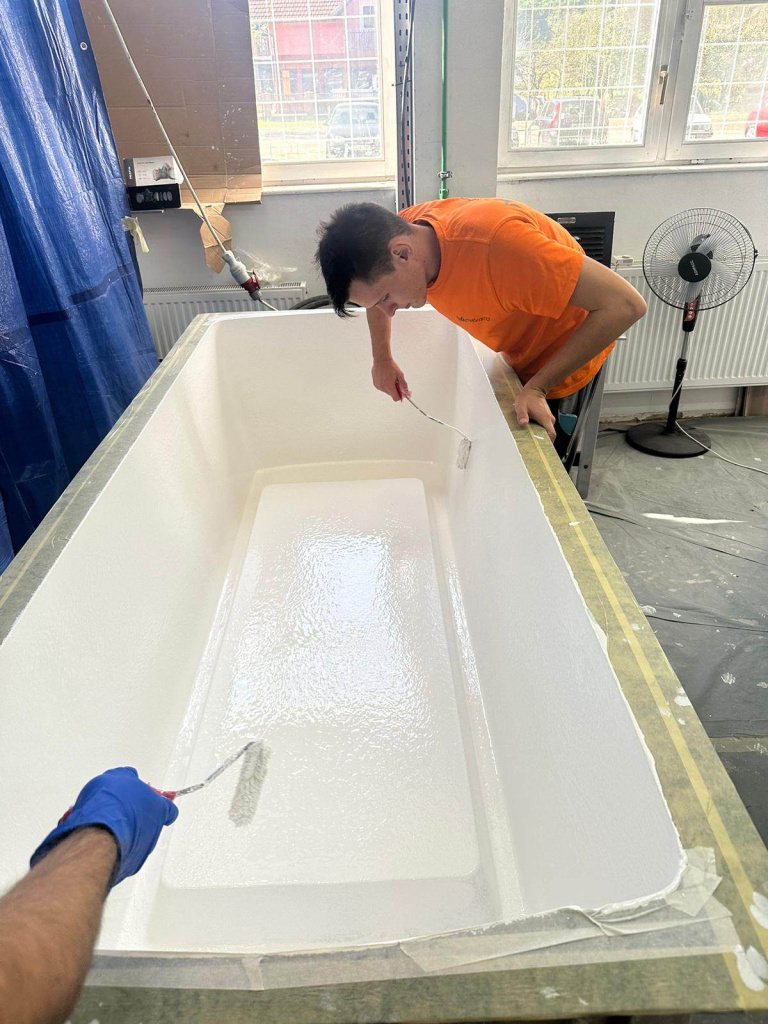
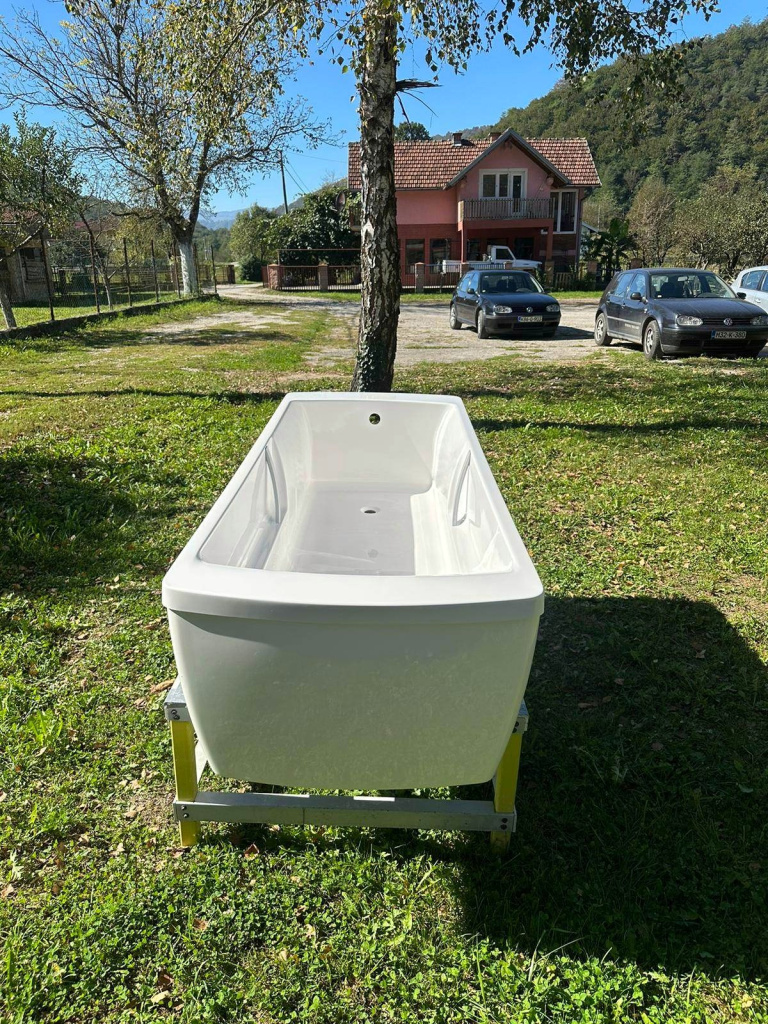
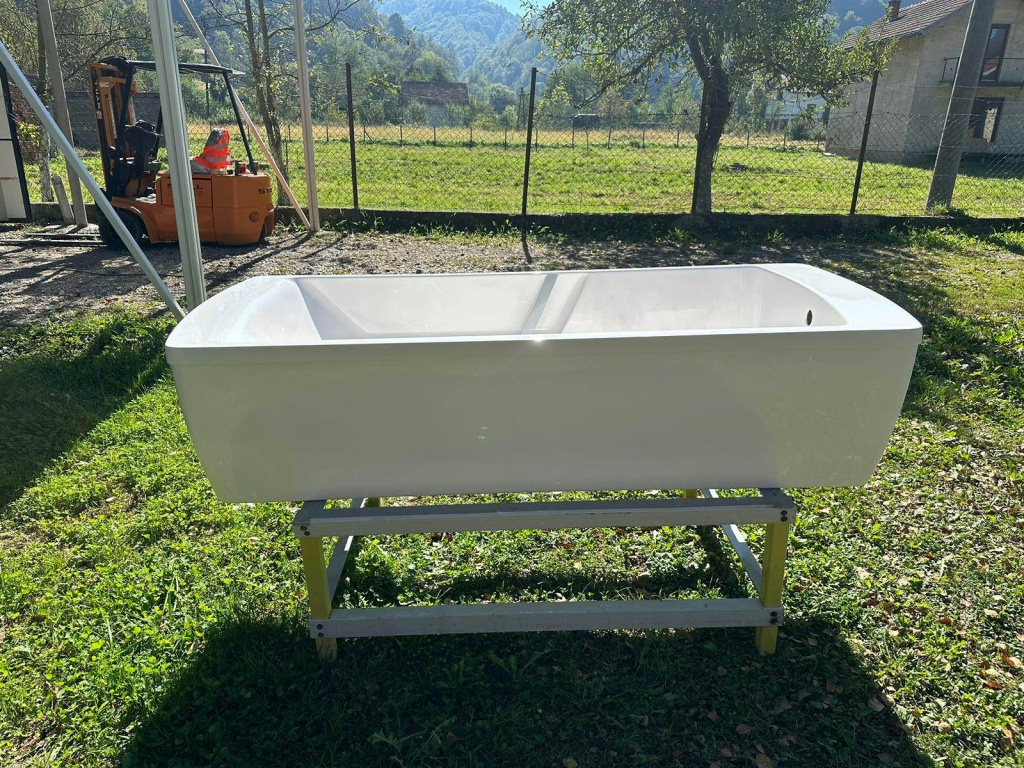
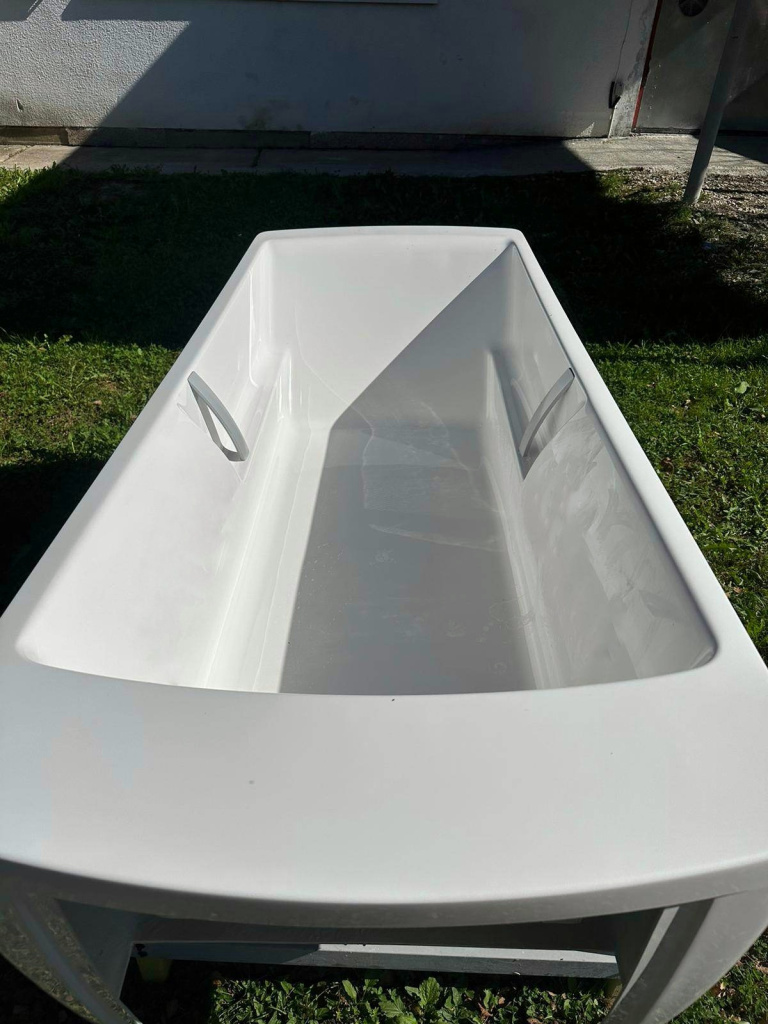
GRP Nacelle Covers for Vertical Axis Wind Turbines (or VAWTs)
GRP Nacelle Covers provides protection for the internal components of the wind turbine, including the gearbox, generator, and other sensitive electronics. It shields these components from environmental factors such as rain, snow, dust, and temperature extremes. This protection is essential for the reliable operation and longevity of the turbine.
While the GRP Nacelle Covers provides protection, it is also designed to allow for access to the internal components when maintenance or repairs are needed.
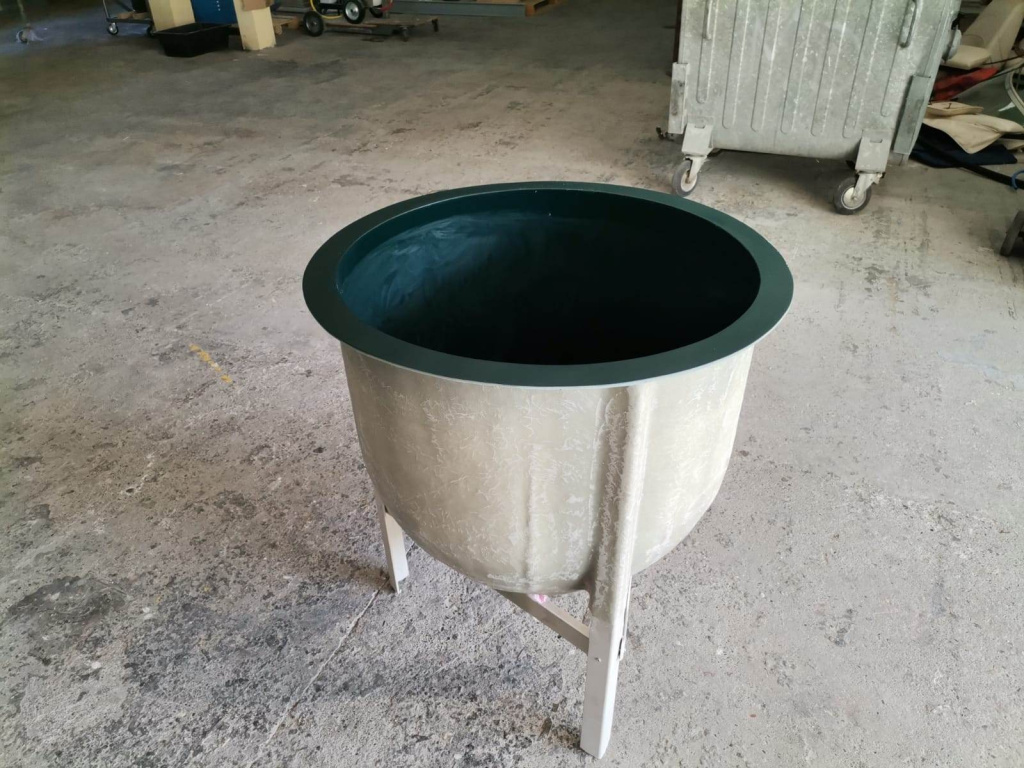
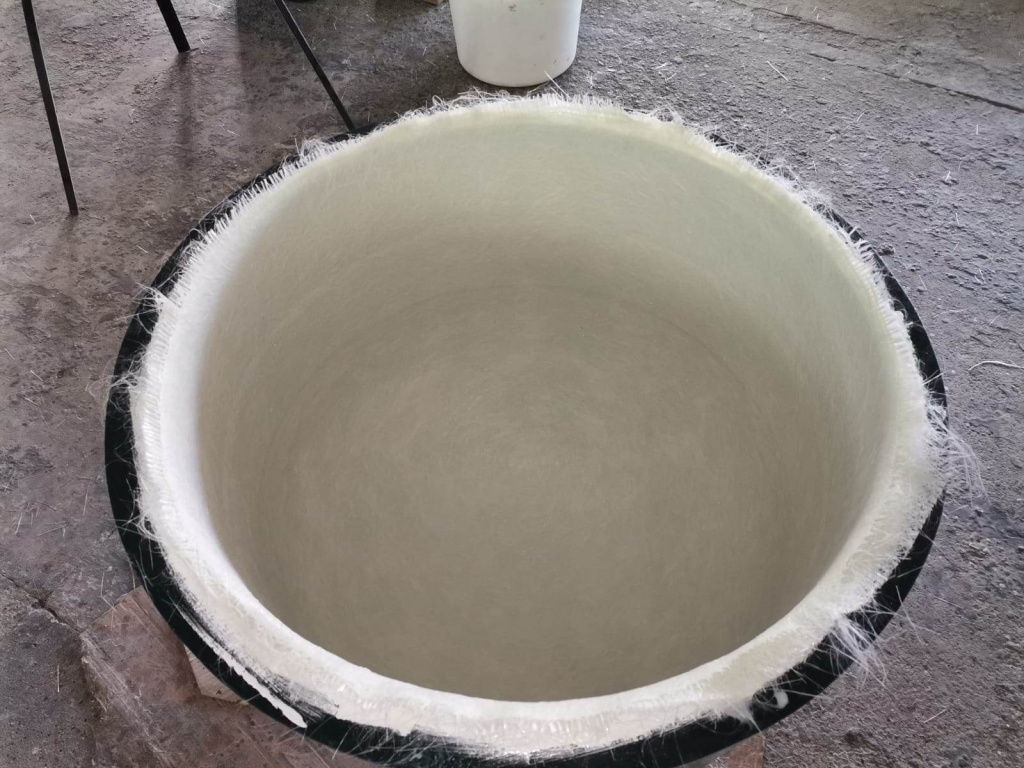
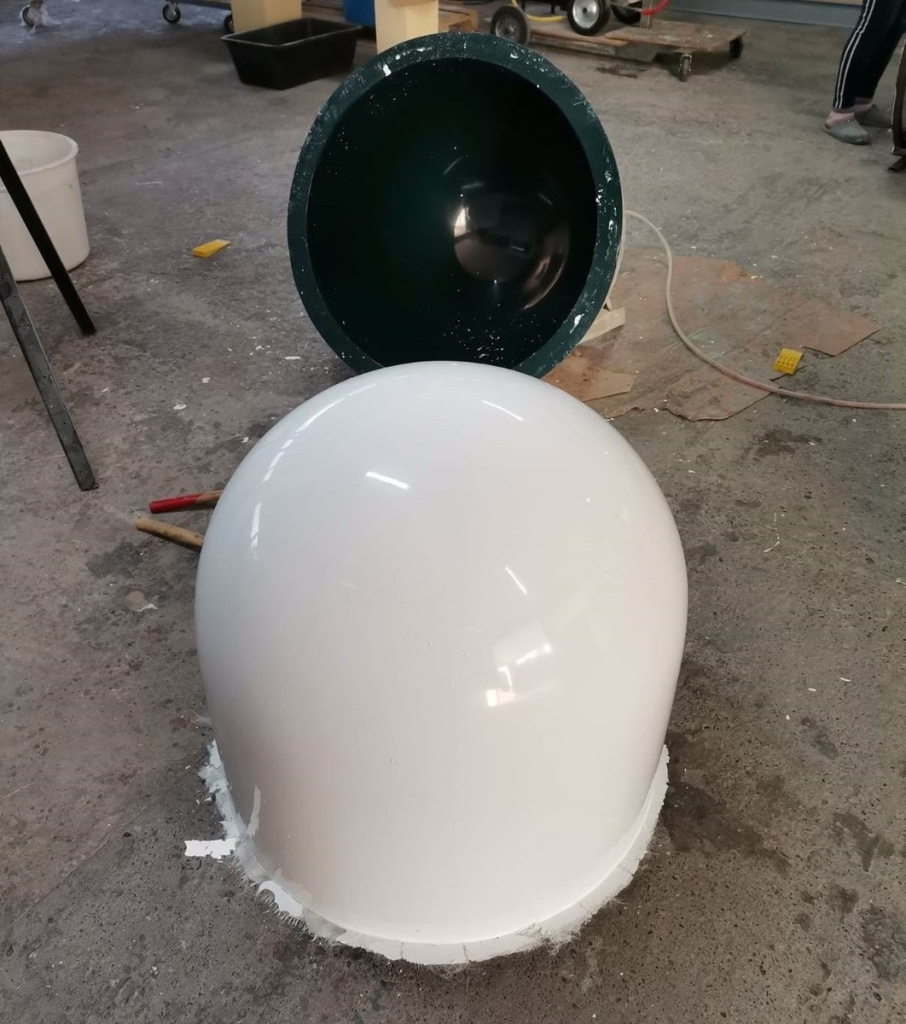
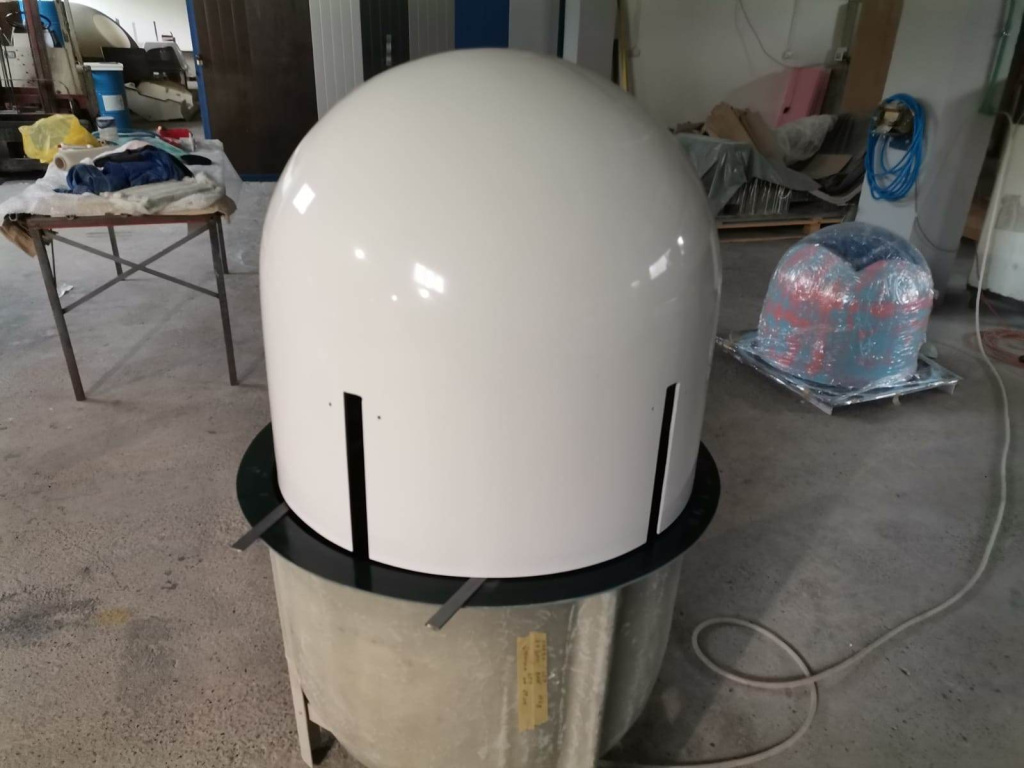
GRP Translucent Panels
GRP Translucent Panels are used in various applications to provide lighting effects, often in architectural and interior design contexts.
These panels are made from a composite material that includes a plastic matrix reinforced with glass fibers, making them both durable and translucent.
Here are some common uses and characteristics of GRP Translucent Panels for light effects:
Skylights: GRP Translucent Panels are frequently used as skylights in buildings to allow natural daylight to penetrate interior spaces. They can diffuse and distribute natural light, reducing the need for artificial lighting during the day and creating a visually pleasing and well-lit environment.
Daylighting: in addition to skylights, GRP Translucent Panels can be incorporated into the walls or facades of buildings to introduce daylighting. These panels scatter and disperse incoming sunlight, minimizing glare and heat gain while maximizing natural illumination.
Light Diffusion: GRP Translucent Panels are known for their ability to evenly diffuse light. They scatter and spread incoming light, reducing harsh shadows and providing a soft and diffused lighting effect that is often preferred in design applications.
Aesthetic Design: GRP Translucent Panels can be used to create decorative and artistic lighting features in architectural design. They can be customized with various patterns, textures, and colors to achieve specific aesthetic effects.
Signage and Displays: in commercial and retail settings, GRP Translucent Panels are often used to create illuminated signs, displays, and decorative elements. They can be backlit or edge-lit to produce vibrant and attention-grabbing visuals.
Light Sculptures: artists and designers use GRP Translucent Panels to create intricate light sculptures and installations. These panels can be moulded into various shapes and forms to bring artistic visions to life.
Privacy Screens: GRP Translucent Panels can serve as privacy screens or partitions while still allowing light to pass through. This is useful in spaces where both privacy and illumination are desired.
Energy Efficiency: when used strategically in building design, GRP Translucent Panels can contribute to energy efficiency by reducing the need for artificial lighting during daylight hours. This can lead to energy savings and reduced environmental impact
Weather Resistance: GRP Translucent Panels are typically weather-resistant and can withstand exposure to the elements, making them suitable for both indoor and outdoor applications.
Customization: GRP Translucent Panels can be customized in terms of size, shape, thickness, and light transmission properties to meet specific project requirements.
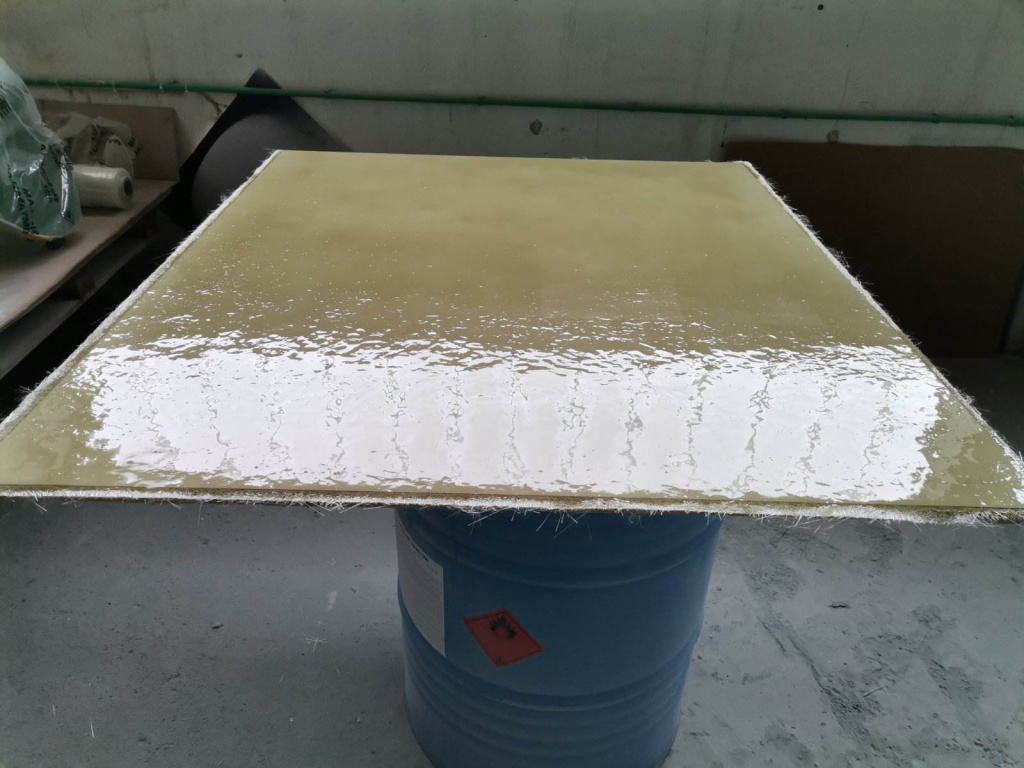
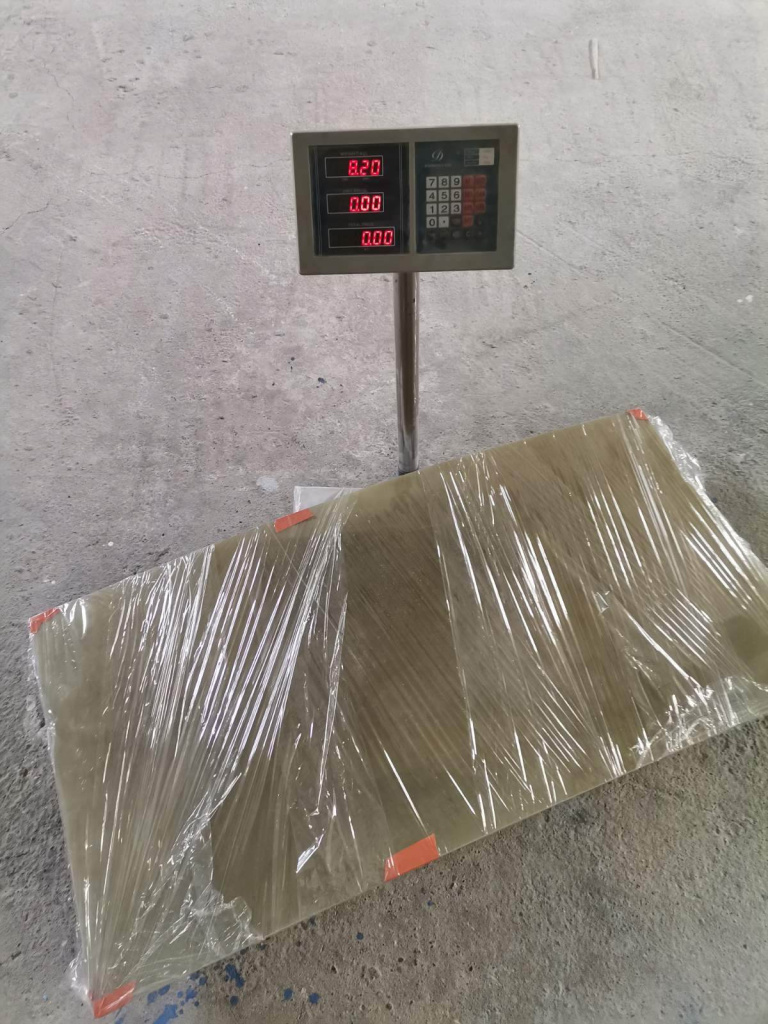
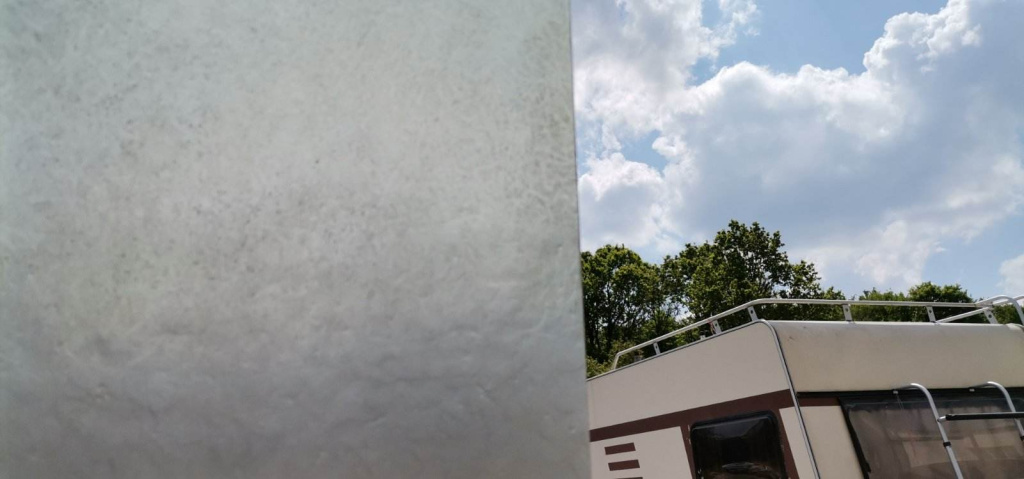
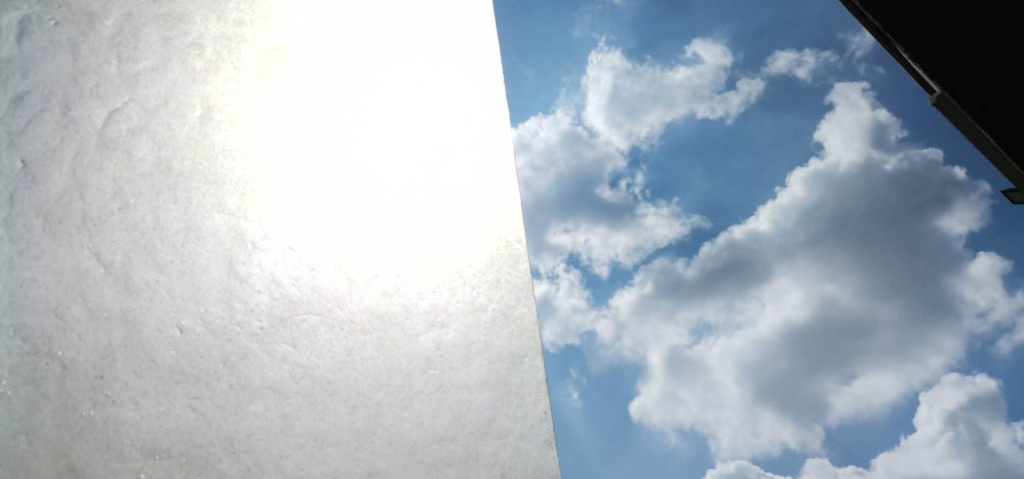
GRP Paper Rolls Protector
GRP Paper Rolls Protector is a protective component used in the packaging and transportation of paper rolls or bobbins.
Its purpose is to shield paper rolls from damage during handling, storage, and shipping.
Here are the key features and functions of GRP Paper Rolls Protectors:
Material: GRP Paper Rolls Protectors are typically made of a composite material consisting of fiberglass-reinforced plastic. This material is chosen for its strength, durability, and resistance to moisture and environmental factors.
Shape: GRP Paper Rolls Protectors are often cylindrical or tubular in shape, designed to fit around the exterior of a paper roll or bobbin. They are custom-made to match the dimensions of the specific paper rolls they are intended to protect.
Protection: the primary purpose of GRP Paper Rolls Protectors is to provide a protective barrier around paper rolls. They shield the rolls from physical damage, such as impacts, crushing, and abrasion, which can occur during handling, stacking, or transportation.
Stacking: when GRP Paper Rolls Protectors are stacked on pallets or in storage facilities, the bobbin protectors help distribute the weight evenly and prevent the rolls from shifting or collapsing onto one another. This helps maintain the integrity of the paper rolls and prevents deformation.
Handling: GRP Paper Rolls Protectors often have handles or grips to facilitate easy handling and positioning of the paper rolls. This makes it safer and more convenient for workers to lift and transport the rolls.
Moisture Resistance: GRP is inherently resistant to moisture, which helps protect the paper rolls from water damage. This is especially important when the rolls are stored or transported in damp or humid conditions.
Reusable: GRP Paper Rolls Protectors are typically reusable, which means they can be used for multiple shipments and cycles of paper rolls. This can be cost-effective and environmentally friendly.
Customization: manufacturers can customize the protectors to meet the specific requirements of different types and sizes of paper rolls. This ensures a snug and secure fit for optimal protection.
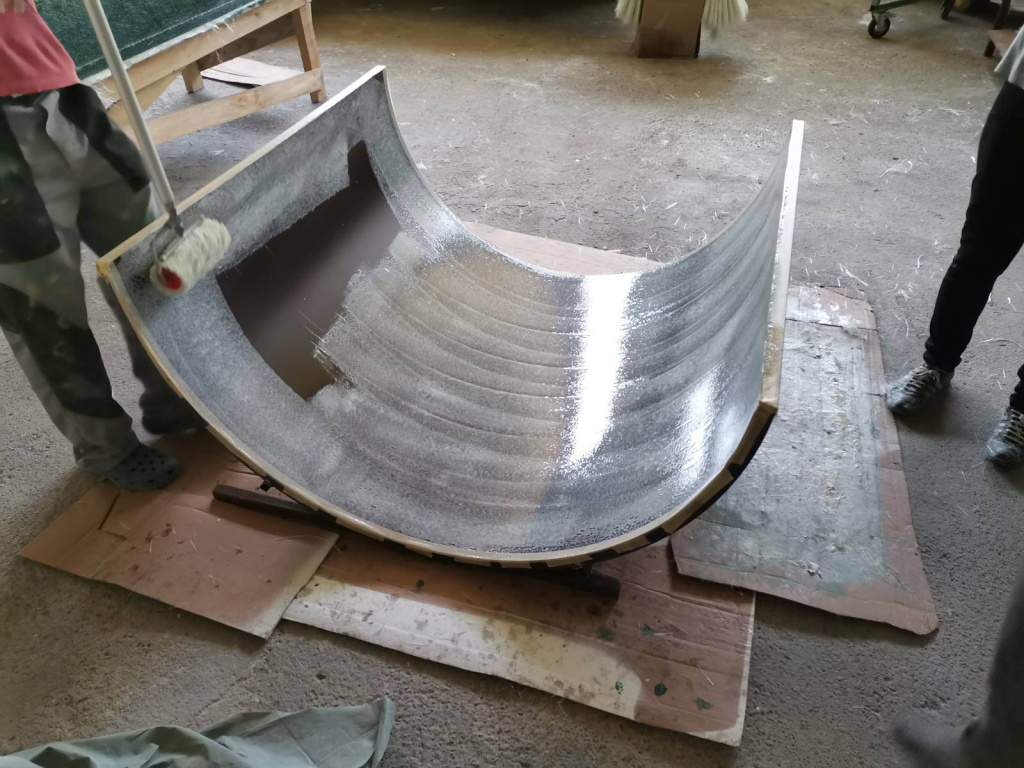
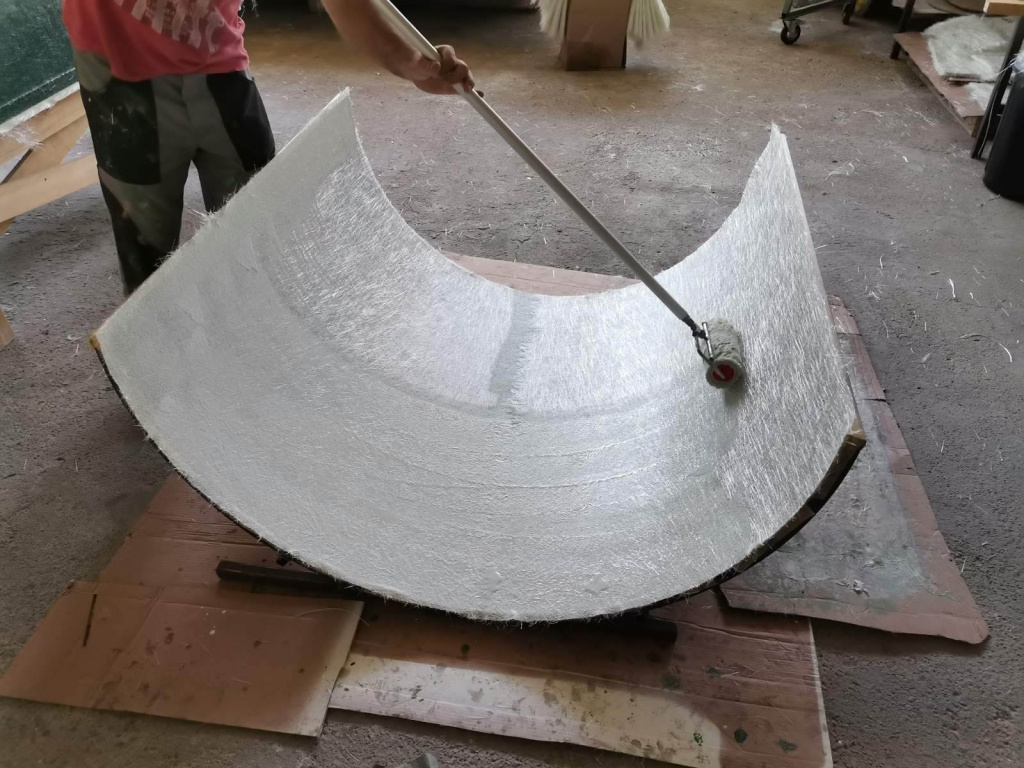
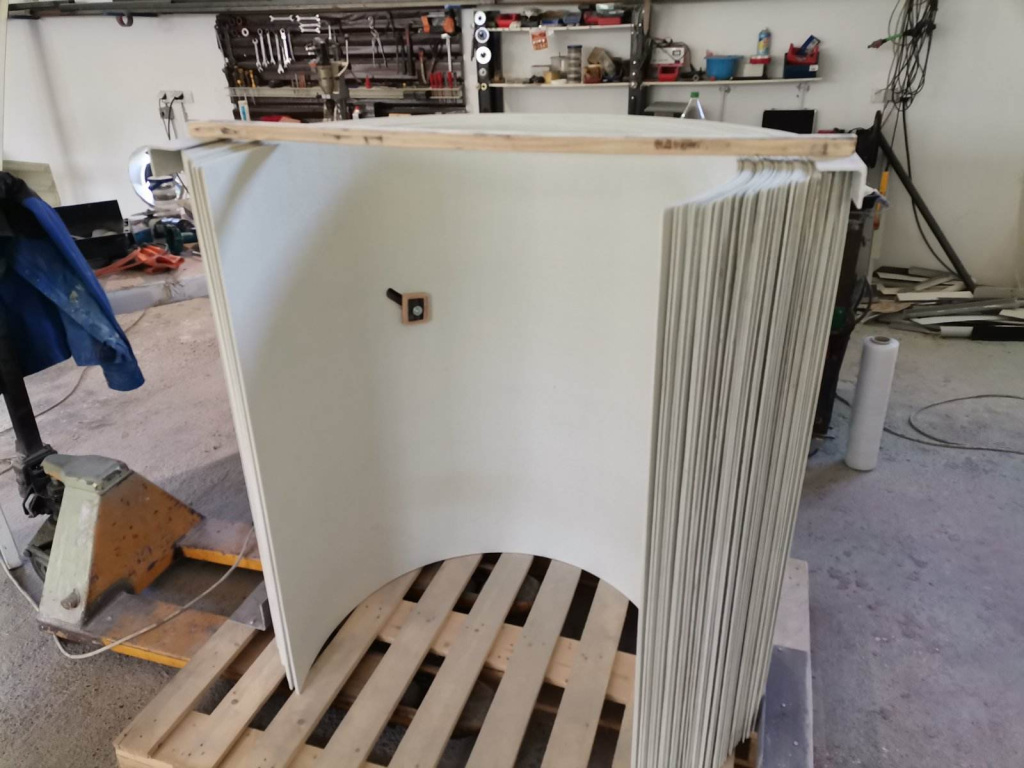
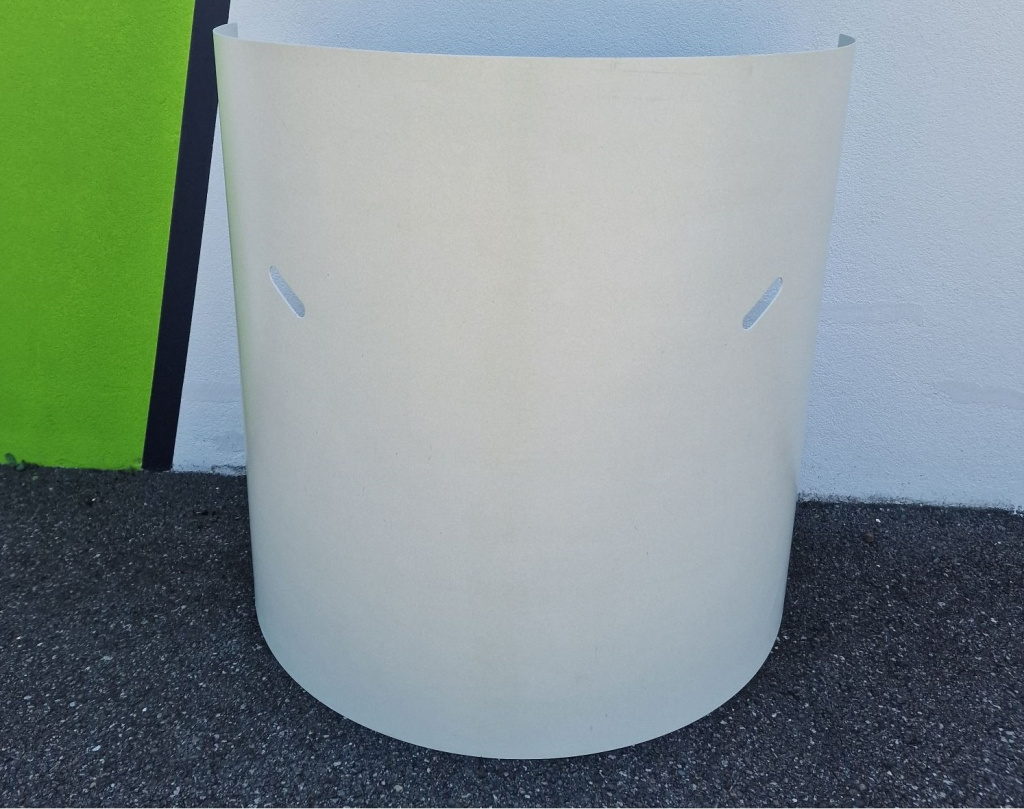
GRP PROFILES & GRATINGS
The pultrusion technology allows to produce any type of profile shape, keeping in mind that the product must have a constant cross-section, it can not be thinner than 2 mm and it must fit in a rectangle with dimensions 1050×300 mm.
GRP CABLE TRAYS
Fibraworld offers different GRP Solutions for Cable Management near to Railways, Highways and Tunnels. Thanks to their insulating and corrosion-free properties, GRP Cable Trays has an outstanding durability in the most aggressive environments.

